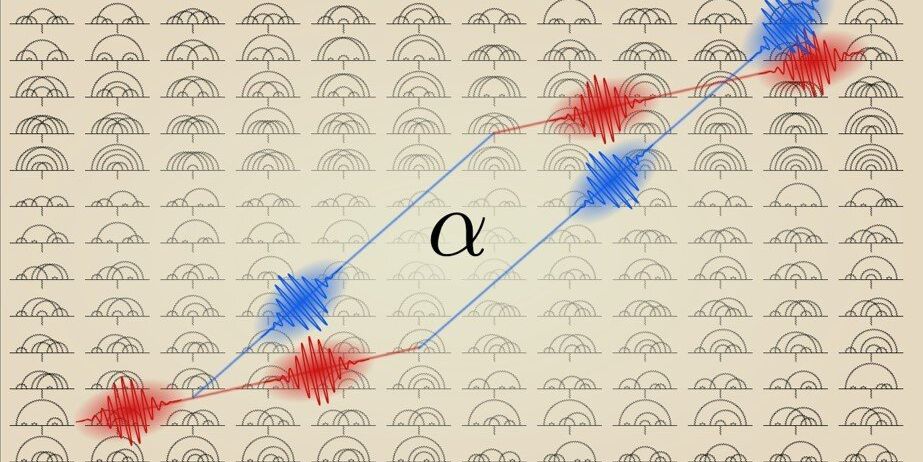Asteroid capsule located in Australian desert.
A team retrieves a capsule carrying the first significant quantities of rock from an asteroid is in “perfect” shape, according to scientists.
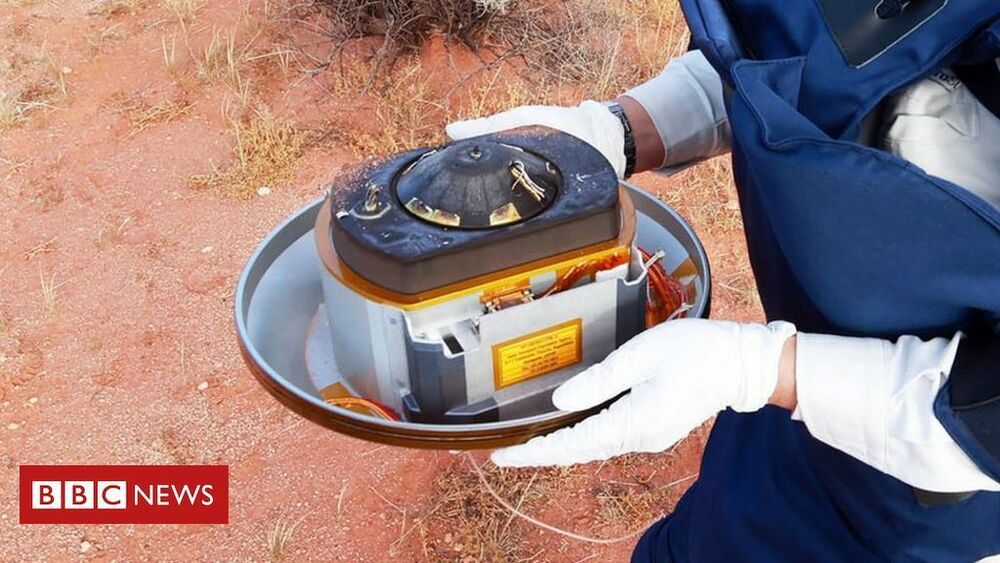
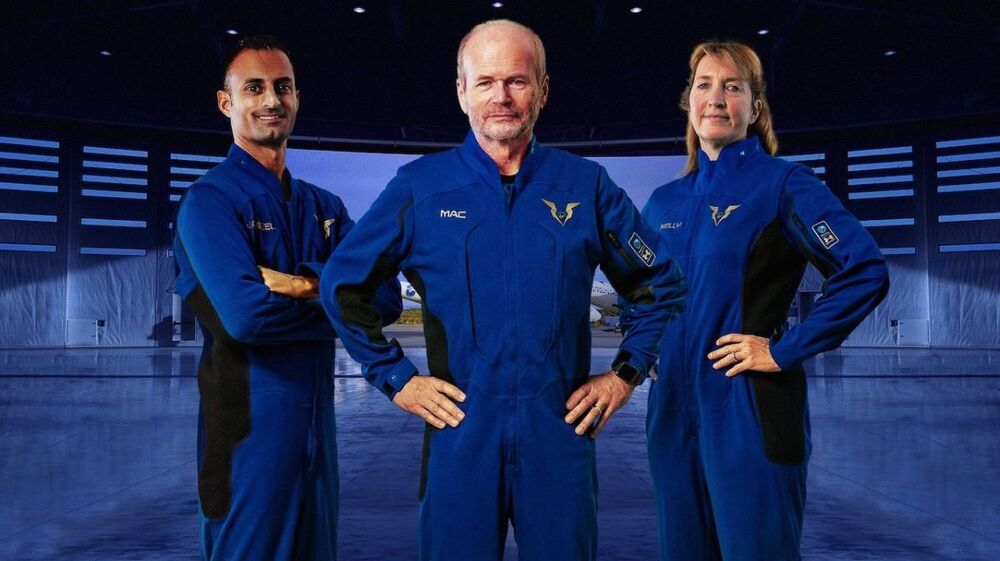

Steve Wozniak is starting a second company, 45 years after he co-founded Apple in Steve Jobs’ parents garage in 1976.
This time, Wozniak is starting a business in the green tech and blockchain space called Efforce, according to a statement released Friday.
Efforce, which has been in stealth mode for almost a year, is a marketplace for corporate or industrial buildering owners to have “green” projects funded.
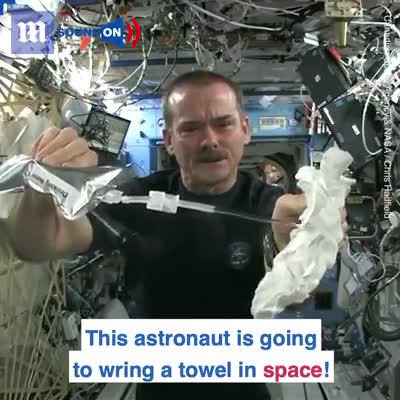
Ever wonder what happens when you wring out a washcloth in SPACE?! 🌌 👨🚀 💧 via Canadian Space Agency & NASA — National Aeronautics and Space Administration.
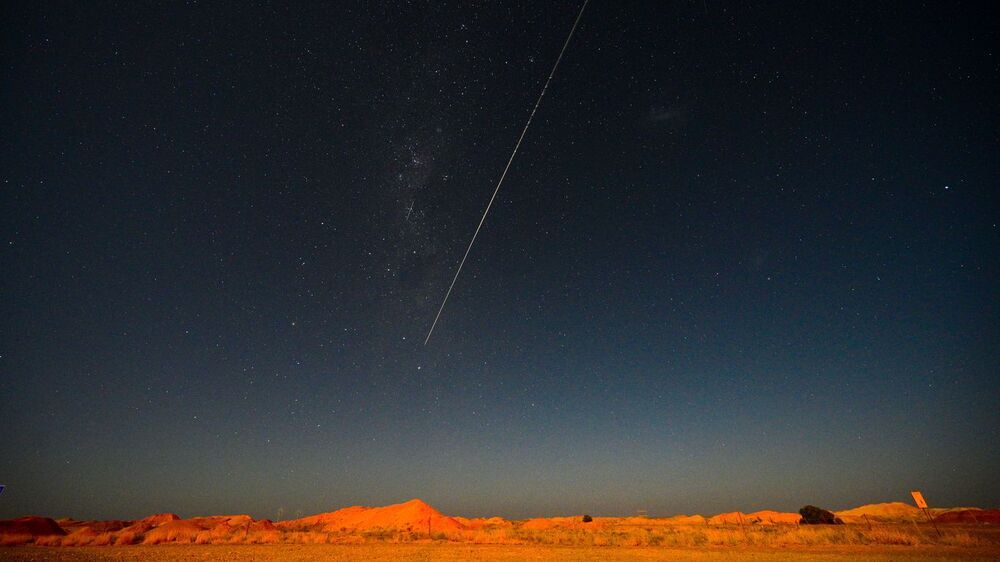
It’s only the second time pristine astroid material has been brought back to Earth.
A Japanese space capsule carrying asteroid samples landed in a remote area of Australia as planned Saturday, Japan’s space agency, JAXA, said.
Why it matters via Axios’ Miriam Kramer: It’s only the second time pristine asteroid material has been brought back to Earth. Sample return missions like this one are incredibly valuable to scientists.
Hayabusa2’s sample return capsule has landed in Woomera, Australia, today, 5 December — or 6 December local time at Woomera. The exact landing location is now being determined, but a tweet from the mission’s official account says an estimated location of landing has been identified and teams are en route to recover it.
The craft returned not just asteroid surface material, but subsurface material (at first) as well, and will be met by Japanese scientists after completing its six-year mission to the asteroid 162173 Ryugu.
The main Hayabusa2 spacecraft meanwhile used its remaining propellant to start an extended, 11 year astronomical mission.
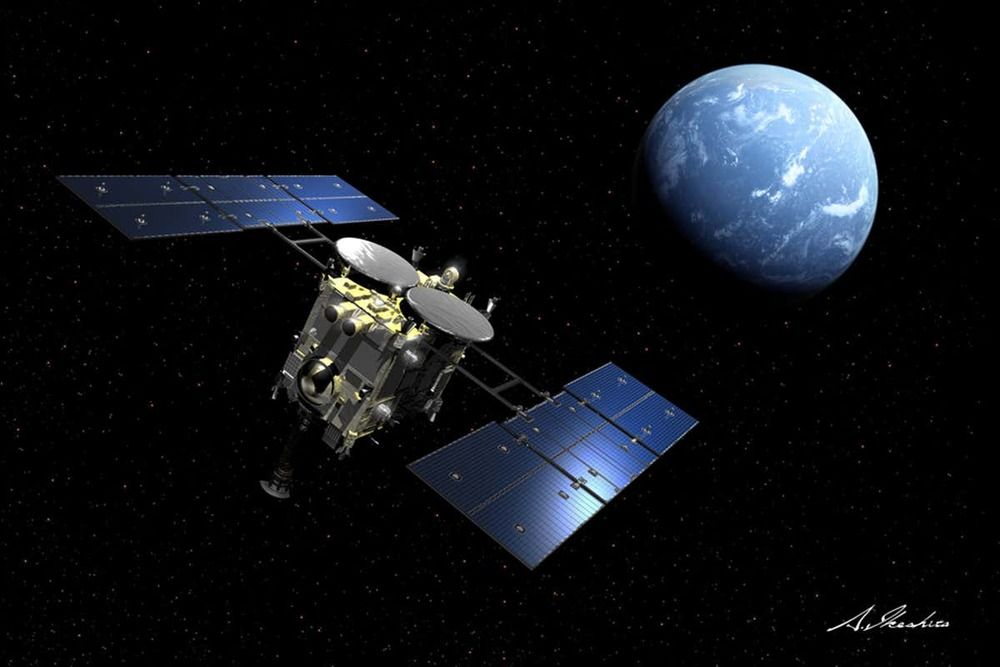
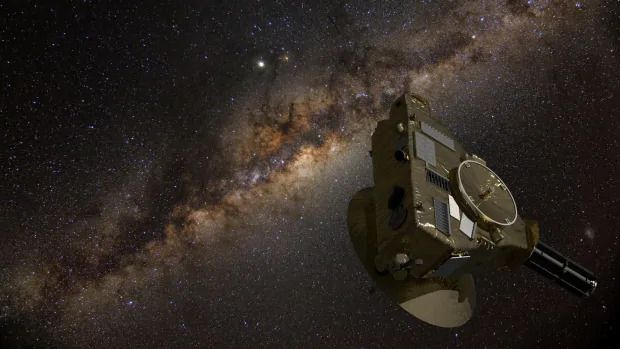
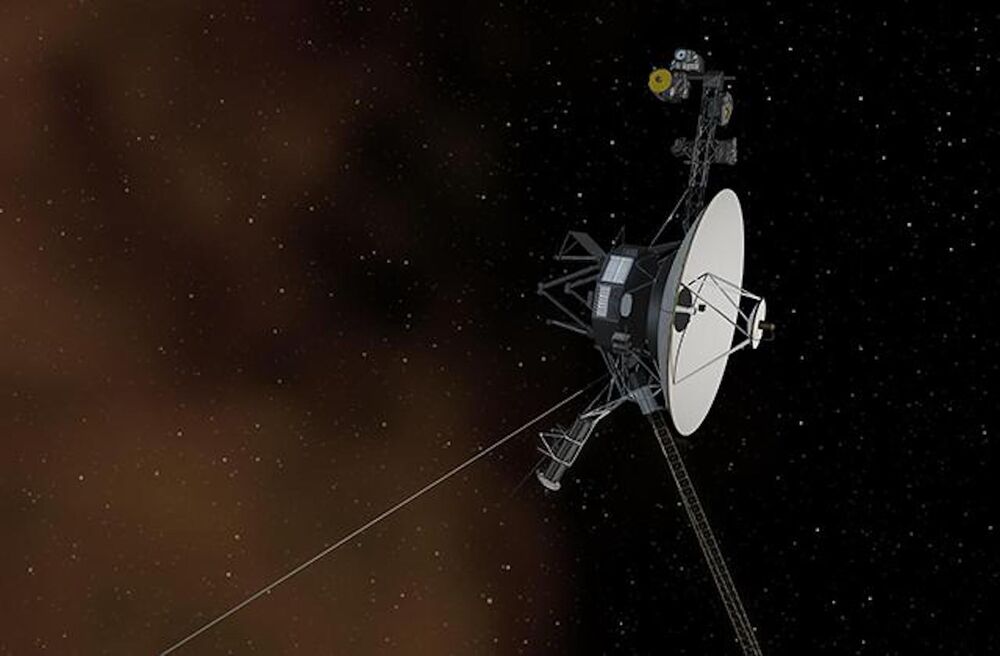
The Voyager probes have detected an entirely new kind of electron burst outside the solar system.
It is the first time this “unique physics” have been detected by a spacecraft, and could allow for new breakthroughs in our understanding of the “interstellar medium”, or the space between the stars.
The two Voyager spacecraft were launched by NASA more than 40 years ago, with the aim of flying to the far reaches of our solar system. They have now gone even further than that, reaching interstellar space, and exploring the gaps between the stars, giving us the first glimpses of what it might be like in that mysterious zone.
